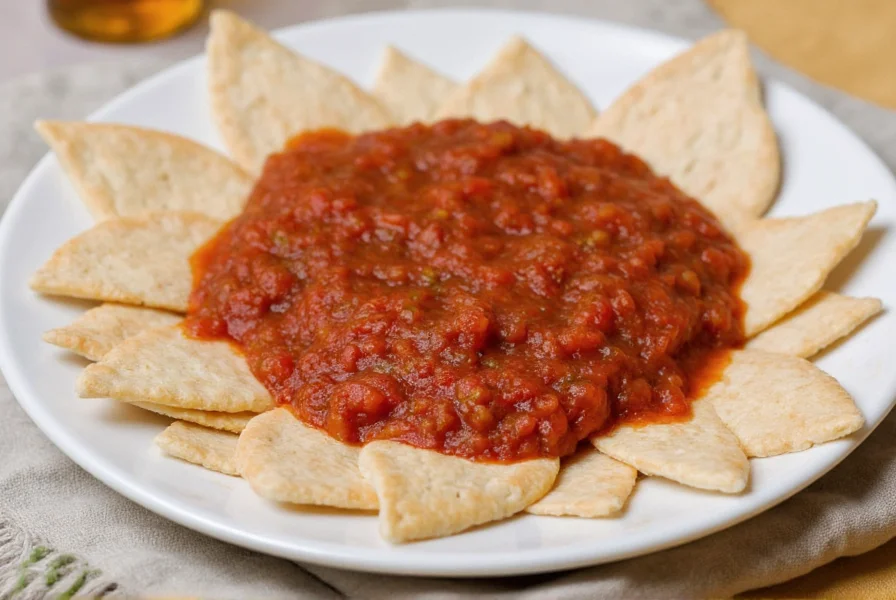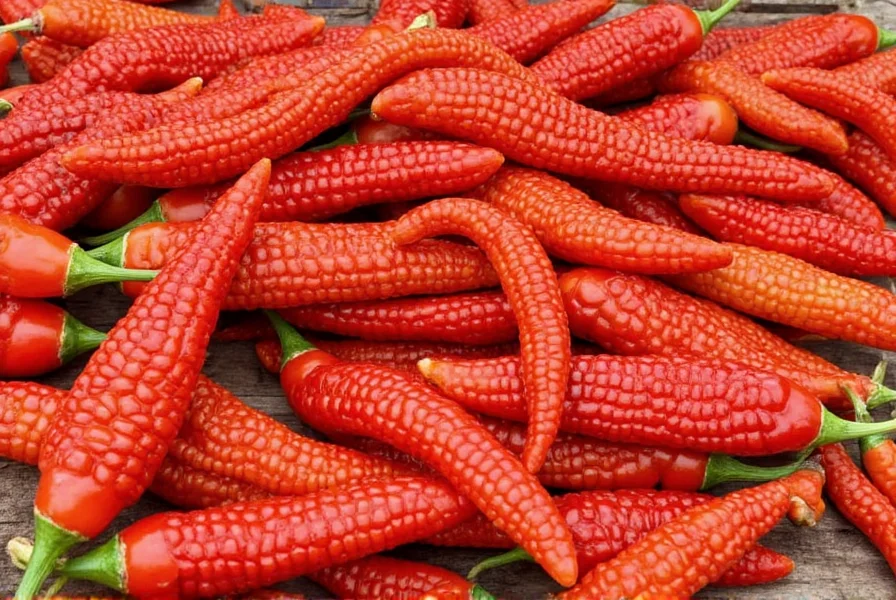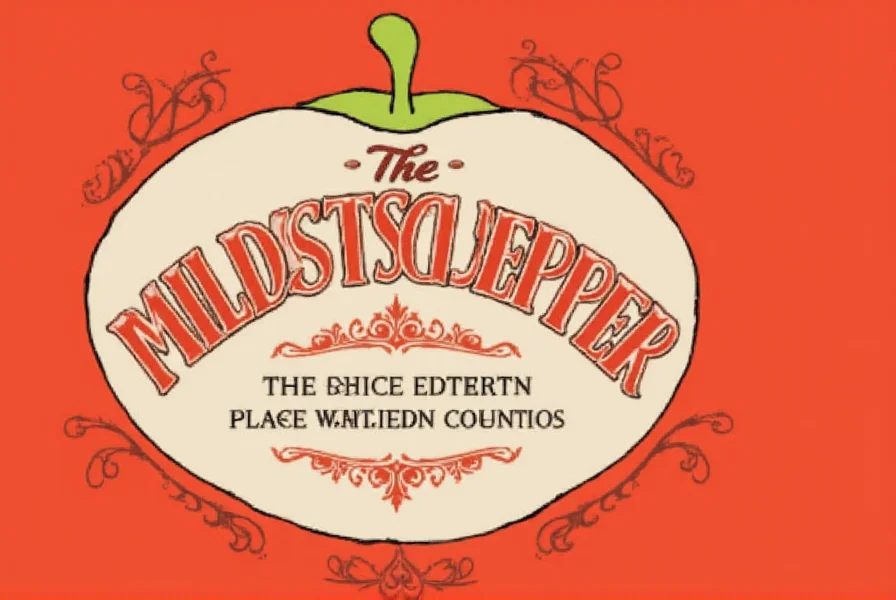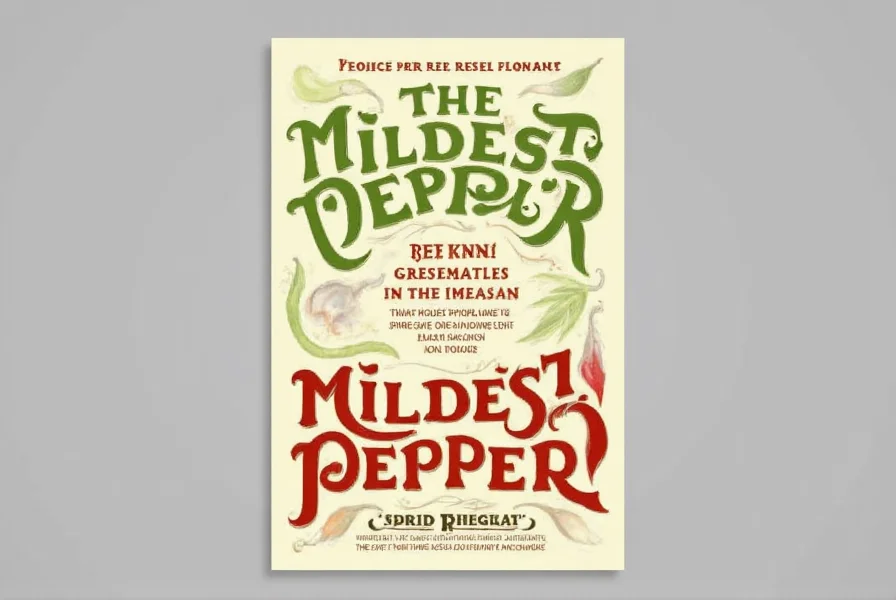Table of Contents
Introduction to Bell Peppers
Bell peppers are the mildest peppers available, registering at 0 Scoville Heat Units (SHU). They contain no capsaicin, the compound responsible for heat in peppers, making them completely non-spicy while offering a sweet, crisp flavor. Unlike spicy peppers, bell peppers provide flavor enhancement without any heat, making them ideal for all ages and culinary applications.

Understanding the Scoville Scale
The Scoville scale measures pepper heat intensity based on capsaicin concentration. Developed in 1912, it quantifies heat in Scoville Heat Units (SHU). Bell peppers sit at 0 SHU, the lowest possible rating, meaning they have zero heat. This makes them the perfect introduction to peppers for beginners or those avoiding spice.

Types of Mildest Peppers
Bell peppers are the only peppers with 0 SHU. Other mild peppers include:
- Bell Peppers: Available in green, red, yellow, and orange. Green peppers are less ripe and slightly bitter, while red, yellow, and orange are sweeter and more nutrient-dense.
- Poblano Peppers: 1,000-2,000 SHU. Earthy flavor, commonly used in Mexican cuisine.
- Jalapeño Peppers: 2,500-8,000 SHU. Often used fresh in salsas, but significantly hotter than bell peppers.
- Cubanelle Peppers: 1,000-2,000 SHU. Sweet and tangy, popular in Italian dishes.
| Pepper Type | Heat Level (SHU) | Flavor Profile |
|---|---|---|
| Bell Pepper | 0 | Sweet, Crisp |
| Poblano | 1,000-2,000 | Earthy, Mildly Spicy |
| Jalapeño | 2,500-8,000 | Mild, Tangy |
| Cubanelle | 1,000-2,000 | Sweet, Slightly Tangy |
Cooking with Bell Peppers
Bell peppers are incredibly versatile due to their zero heat and sweet flavor:
- Salads: Add raw slices for crunch and sweetness.
- Stuffed Peppers: Fill with rice, beans, or lean meats for a healthy meal.
- Roasted: Roast poblanos for smoky flavor, but bell peppers caramelize beautifully when roasted.
- Salsas and Relishes: Use diced bell peppers for mild, sweet bases in condiments.

Buying Guide for Bell Peppers
When selecting bell peppers, consider:
Key Features
- Color: Green (least ripe, slightly bitter), red/yellow/orange (fully ripe, sweeter, higher nutrient content).
- Texture: Firm skin with no soft spots or wrinkles.
- Weight: Heavier peppers indicate more juice and freshness.
Advantages
- Versatility: Works raw or cooked in any dish.
- Nutrition: Rich in vitamins A, C, and antioxidants.
- Zero Heat: Safe for children and spice-sensitive individuals.
Use Cases
- Snacks: Pair with hummus or guacamole.
- Main Dishes: Stir-fries, soups, and casseroles.
- Desserts: Used in chocolate pepper cake or fruit salads.
Target Audience
- Families: Kid-friendly vegetable option.
- Health-Conscious Individuals: Low-calorie, high-nutrient food.
- Cooking Beginners: Easy to use with no heat risk.
Suitable Occasions
- Barbecues: Grilled as kebabs or burger toppings.
- Picnics: Fresh in salads or with dips.
- Meal Prep: Stores well for weekly cooking.

Practical Tips for Using Bell Peppers
- Color Variety: Use different colors for varied sweetness and nutrition.
- Proper Storage: Refrigerate in a plastic bag with air holes for 1-2 weeks.
- Pairing: Complement strong flavors like garlic, cheese, or tomatoes.
- Raw Consumption: Maximize vitamin C by eating raw in salads or wraps.
- Roasting Technique: Char skin for smoky flavor, then peel for smooth texture.

Frequently Asked Questions About Bell Peppers
What is the mildest pepper available?
Bell peppers are the only peppers with 0 Scoville Heat Units (SHU), making them completely non-spicy. All colors (green, red, yellow, orange) share this zero-heat characteristic, though flavor varies by ripeness.
How do bell peppers compare on the Scoville scale?
Bell peppers measure 0 SHU, while jalapeños range from 2,500-8,000 SHU and habaneros exceed 100,000 SHU. The Scoville scale measures capsaicin concentration, with higher numbers indicating more heat.
Can I substitute bell peppers for hotter varieties in recipes?
Yes, but expect flavor differences. Bell peppers add sweetness without heat, while hotter peppers contribute spiciness and complexity. Use bell peppers when you want to reduce heat while maintaining texture and color.
What are the health benefits of bell peppers?
Bell peppers are rich in vitamin C (especially red ones), vitamin A, and antioxidants. They support immune function, eye health, and reduce inflammation. Red bell peppers contain 11 times more beta-carotene and 1.5 times more vitamin C than green varieties.
How should I store bell peppers to keep them fresh?
Store unwashed bell peppers in the refrigerator's crisper drawer inside a plastic bag with air holes. They last 1-2 weeks. Avoid washing until use to prevent moisture-related spoilage. Cooked peppers should be refrigerated in airtight containers and consumed within 3-5 days.
Are bell peppers considered the mildest peppers?
Yes. Bell peppers are the only common peppers with 0 SHU. Other peppers like banana peppers (0-500 SHU) are sometimes called "mild," but bell peppers are the only ones with zero heat.
Can children safely eat bell peppers?
Absolutely. Bell peppers contain no capsaicin, making them safe for all ages. Their sweet flavor and crisp texture make them ideal for introducing vegetables to children. Serve raw as snacks or in fun shapes for picky eaters.
Conclusion
Bell peppers are the only peppers with zero heat (0 SHU), making them uniquely versatile for all culinary applications. Their sweet flavor, nutritional benefits, and adaptability in raw or cooked dishes make them essential for kitchens of all skill levels. Whether you're cooking for children, health-conscious eaters, or spice-sensitive palates, bell peppers deliver flavor without fire—perfect for everyday meals and special occasions alike.










 浙公网安备
33010002000092号
浙公网安备
33010002000092号 浙B2-20120091-4
浙B2-20120091-4